A Short History of the Marist Brothers
Part 3 of 4
As we have seen in Fr Poupinel’s letter of 1865, the close association of the congregation and the Society of Mary continued in the founding of the schools. It was Marist vicars-apostolic and bishops who invited the brothers to their missions and dioceses and Marist priests who asked them to open schools in their parishes. It was also Marist priests who, from the beginning, directed likely vocations to the juniorate and novitiate. This close association continued throughout this period in the missions, but in New Zealand there was a gradual distancing, due first to competition in the field of vocations recruitment, and then as the two congregations became established and institutionalised.
Champagnat was beatified in 1955. The middle years of last century were a period of stability and achievement. We Marists had just celebrated the canonisation of Peter Chanel, and were soon to celebrate 125 years of presence in the Pacific, 150 years since the Fourvière pledge and the foundation of our congregations, 100 years since the opening of our first schools in New Zealand and 50 since the foundation of this province. Many of our schools and missions were celebrating jubilees. The 1950s and 1960s have been justly called the golden age of Catholic schools, in the traditional sense, in this country, while the same years saw the emergence of former students of our schools in Samoa and Fiji as leaders of independent countries. Not to mention the impact Marist Old Boys were making on the sporting fields of all three countries! The period was also a time of rapid and widespread social change and, for Catholics, the aggiornamento introduced in the Church by the Second Vatican Council was bringing both exhilaration and apprehension.
The 1920s and 1930s witness the establishment of formation centres, the Juniorate at Tuakau in 1922, the novitiate at Claremont in 1932, the scholasticate in Auckland in 1935.
Further primary schools are opened and some secondary departments or high schools. But secondary education really took off after the Second World War with the reforms of the Labour government and pressure from a growing Catholic population. The brothers, for example, in the space of only 13 years, 1945 to 1958, besides re-siting Sacred Heart College, opened six secondary schools, three of them taking in boarders. You can imagine the pressures placed on manpower and formation. The provincial, Br Adrian Scott, had first to suspend the scholasticate programme, (until the authorities in Rome found out!) and then withdraw the brothers from Timaru for several years.
At the same time, an intensive recruiting programme filled the juniorate and novitiate and led to the opening of a much larger scholasticate, Marcellin Hall, in Auckland. The development of Marist Old Boys’ associations and sports clubs proceeded apace.
In the Pacific, the brothers established secondary departments in Suva, Fiji, in 1936; and in Apia, Samoa, in 1950 which developed into Marist Brothers’ High School, Suva, and St Joseph’s College, Lotopa.
Thus, they became instrumental in helping form the first generation of political and religious Pacific leaders. They also become involved in teacher training in Fiji at Cawaci from 1929 to 1947, and in Samoa, at Mulivai, from 1965 to 1969. On the other hand, conflict with the vicar-apostolic of Fiji, Victor Foley, led to their withdrawal from the mission schools of Cawaci, Naililili and Wairiki in the early 1950s.
One significant development in the immediate post-war period was the brothers’ return to the Māori Mission, when they were invited to transform St Peter’s College, a school for catechists in Northcote run by the Mill Hill Fathers, into a normal secondary school. While the Mill Hills continued to control the boarding establishment, the brothers became responsible for all school matters, including sport and, at the beginning, Māori language and culture.
The 1950s saw the production of a series of Māori operas and the establishment of a Māori Club. But their involvement in this aspect of college life ceased at the end of the decade. In the 1960s, the roll reached 100 and the school had begun to make its mark academically and on the sports field.
By the end of the decade, the roll had doubled and an ambitious building programme was under way. The Mill Hills no longer had the men to staff the boarding hostel and so, in 1970, the brothers took over the entire administration and management of the college. In 1972, now known as Hato Petera College, it became the largest Māori boarding school in the country. Former students are priests, brothers, teachers, academics, lawyers and artists, as well as local community leaders and noted sportsmen. They include the first lay principal of the college, Toby Curtis, subsequently knighted for his services to Māori education.
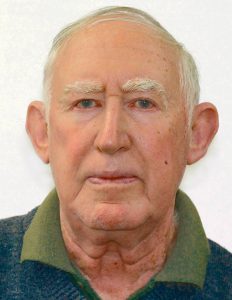
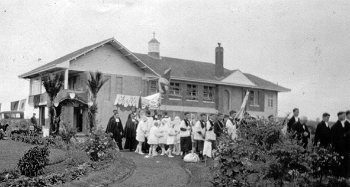
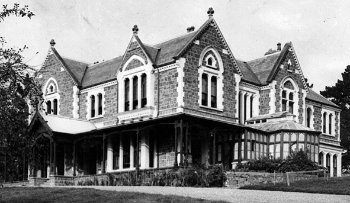
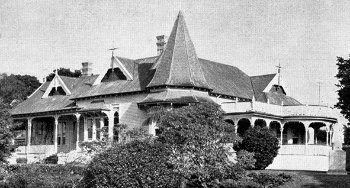
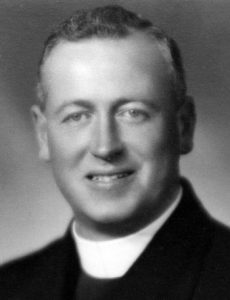

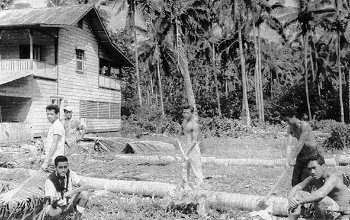
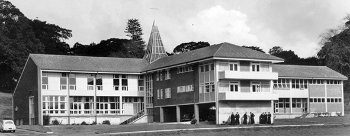
 Entries(RSS)
Entries(RSS)